Recent Articles
Popular Makes
Body Types
What Tire Wear Tells You About Your Suspension
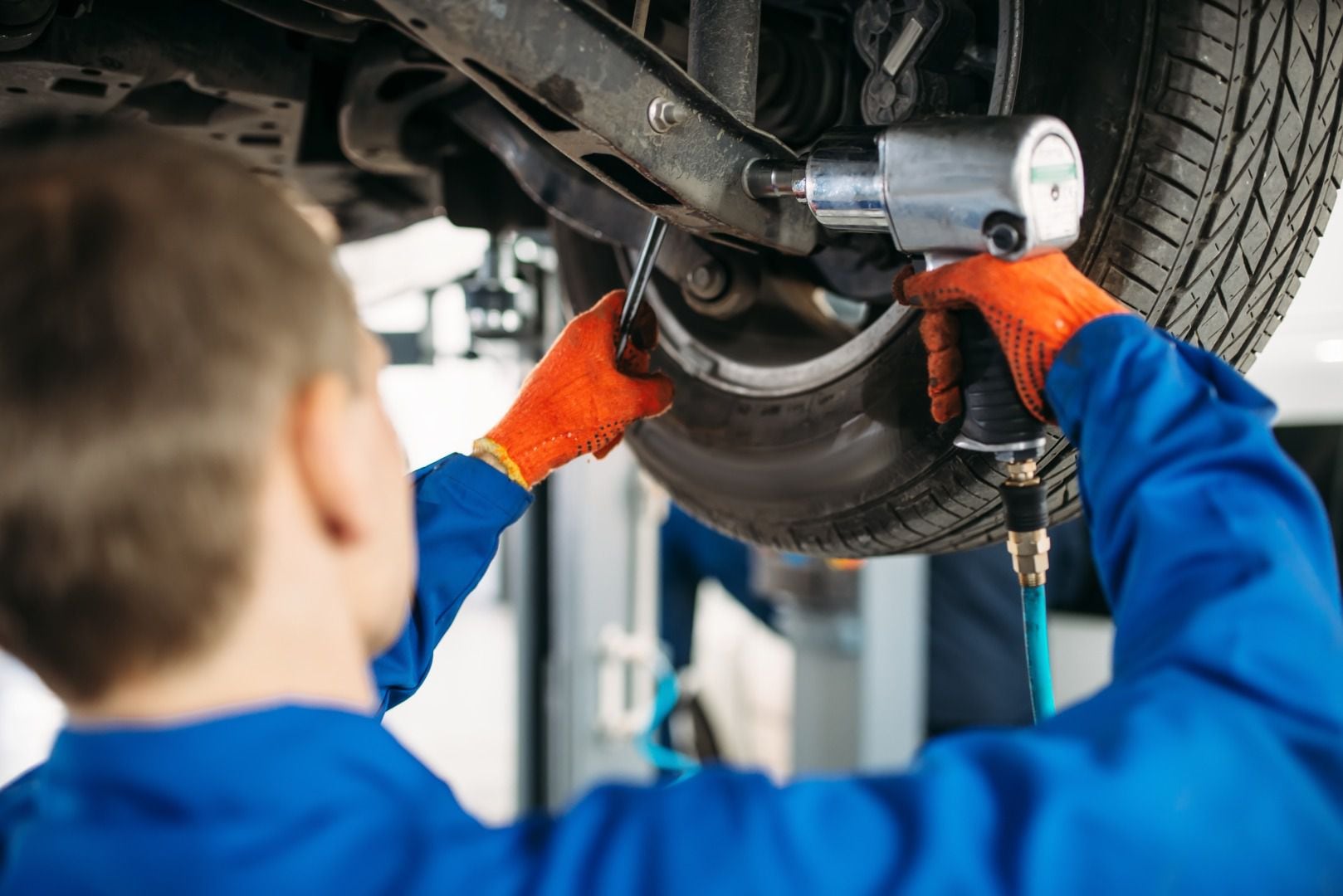
AdobeStock 231402106 ・ Photo by Nomad_Soul - stock.adobe.com
Tires are among the most critical safety features on any vehicle, and they're designed to wear out over time and mileage. Every time you turn a corner, the road scrubs off a little bit of your tires. That's what gives your car its traction, or grip, as you turn.
Ideally, your tires would all wear out at exactly the same rate. But that's not how it happens. Tires wear out differently based on where they are mounted on your car, how much load you put on them, and how well your suspension is working. The good news: That means you can identify and then repair suspension issues by looking at the wear patterns on your tires.
Why We Rotate Tires
On any vehicle, the front tires tend to wear out first. That happens because the front tires do all the work to change the direction of the vehicle, and they do up to 80% of the work to stop the vehicle, too. This is why we rotate the tires every few thousand miles.
Basic rotation for modern radial tires is simple: Just swap the front and back tires on each side. This helps even out the wear. Consult your vehicle's owner's manual for the recommended tire rotation interval. Note that some performance cars have different tire sizes front to back. On those, you just have to replace the tires as they wear. Also note that all-wheel-drive and four-wheel-drive vehicles should always have the same tire size on all four wheels.
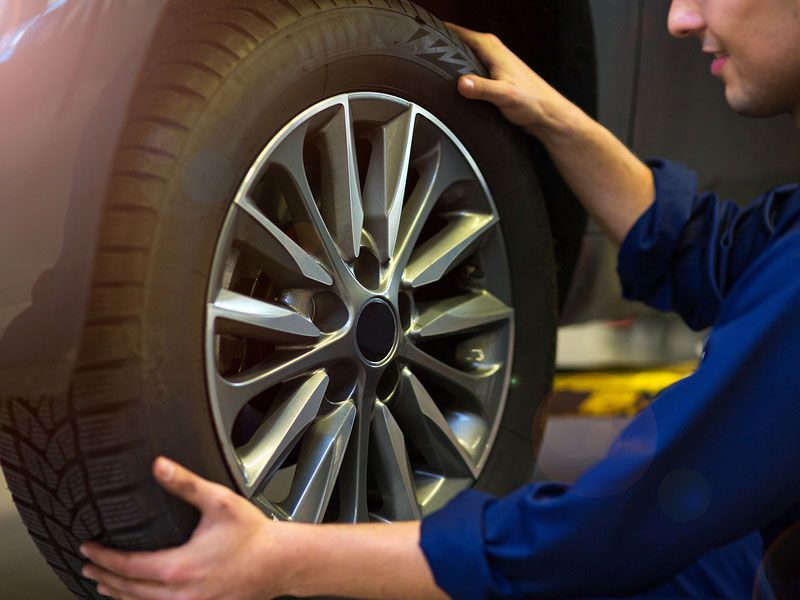
Photo by Adobe Stock
Inspect Your Tires for Common Wear Patterns
Rotating your tires is a great chance to inspect them for unusual wear patterns. Uneven or unusual wear is often caused by suspension misalignment or other problems in the car's chassis. When you have the tire off the vehicle, take a good look all the way around the tread face. You might spot nails in the tire or torn-off pieces of tread, and you can usually spot uneven wear patterns.
What you're looking for is uneven wear on any particular part of the tire, such as the inner edge, outer edge, or in the middle of the tread, or wear that is oriented in a particular direction. There are terms for each kind of wear, and we'll go over those. However, the response is almost always the same: Take your vehicle to a professional alignment shop and have it checked. You can't really do that at home.
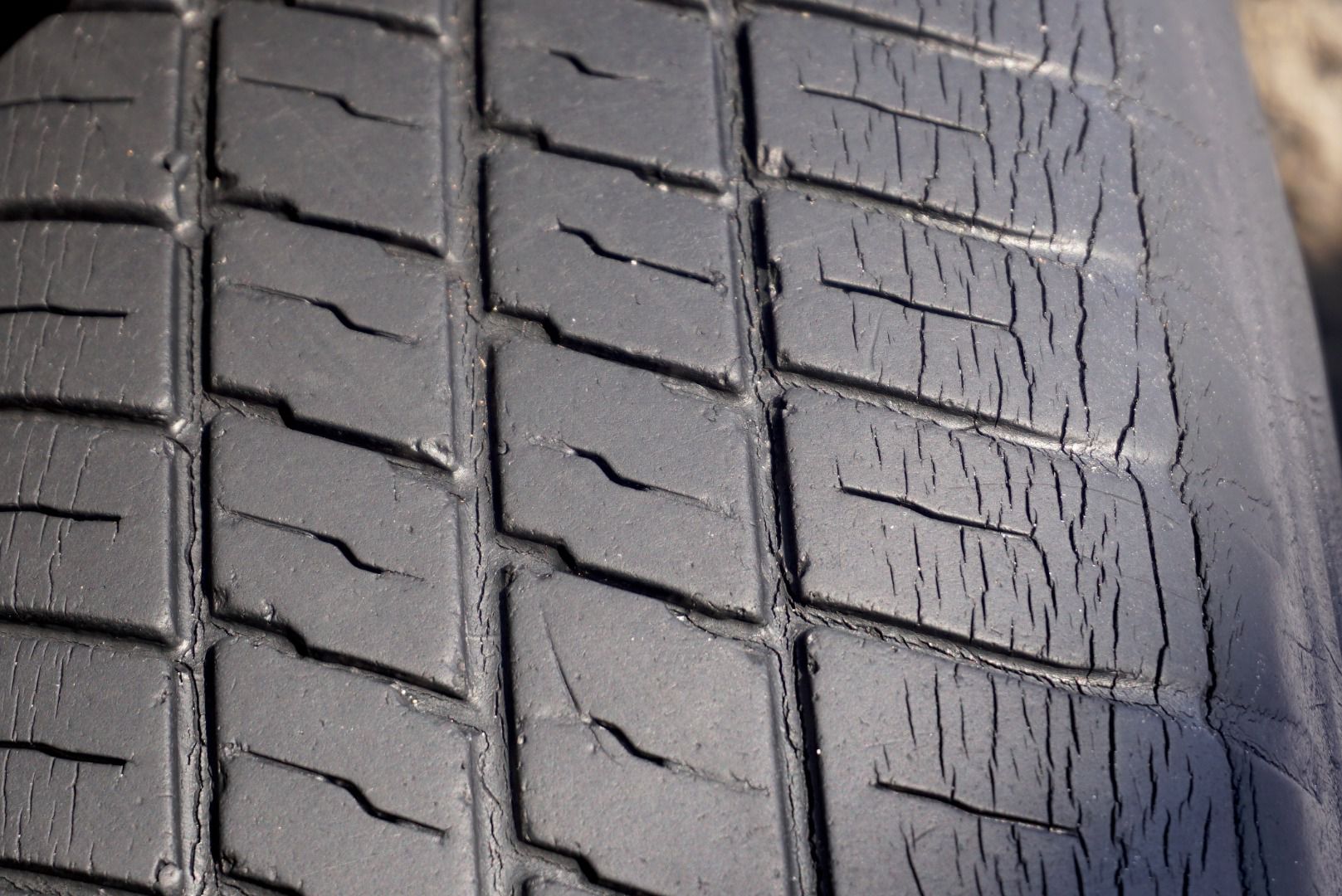
Photo by taraskobryn - stock.adobe.com
Suspension Alignment Problems
One of the leading alignment problems concerns camber. This is a measure of how far the tire leans away from vertical. Tires on cars that have been lowered often lean in at the top, called negative camber. If the top of the tire leans out, it's positive camber. Because a cambered tire is not vertical, it's only sitting on part of the tread and placing all the vehicle's weight on a smaller strip of rubber on the inside or outside edge. If your tire is going bald on one edge, that's often a camber problem.
If the wear pattern is directional, with one side of each tread block worn down more than the other, that can be an indication of caster or toe-in misalignment. Caster is something that applies only to tires used for steering, but any tire can have toe misalignment. Toe measures whether the tires are parallel to each other as you drive in a straight line. If they're too far out of parallel, you'll get uneven wear. Finally, tire cupping happens when there is uneven wear around the circumference of the tire — creating thin places in the tread face. This happens when a vehicle's shock absorbers or struts are worn out. They indicate that the tire is bouncing on the road, rather than in firm contact. Cupping can also be a symptom of unbalanced tires. If your vehicle shakes or bounces, check your tires for cupping and get a professional evaluation.
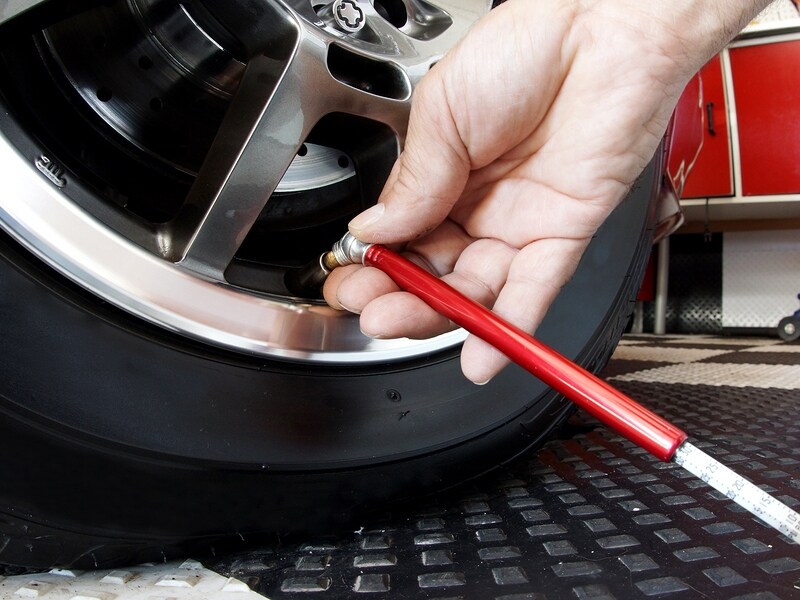
Inflation and Weight Problems
There are more issues that can lead to uneven tire wear. If your tires are routinely overinflated or underinflated, tread wear will be uneven. Tires with too much air in them get rounder, like a balloon. The center of the tread will carry more weight and wear faster. The opposite happens when your tires are low on air. The outside edges end up wearing faster. The correct inflation pressure for your vehicle is printed on a sticker found in the driver's door jamb. Always follow the vehicle's sticker for inflation pressures.
Another issue is overall vehicle weight. Your tires are rated to carry a certain amount of weight, and if you routinely exceed that amount, they will wear out quickly. In some cases, overloaded tires suffer catastrophic failures such as having the tread face peel off from the body of the tire. When buying tires, let your tire dealer know if you carry heavy loads, and choose a tire rated for your vehicle's actual weight.
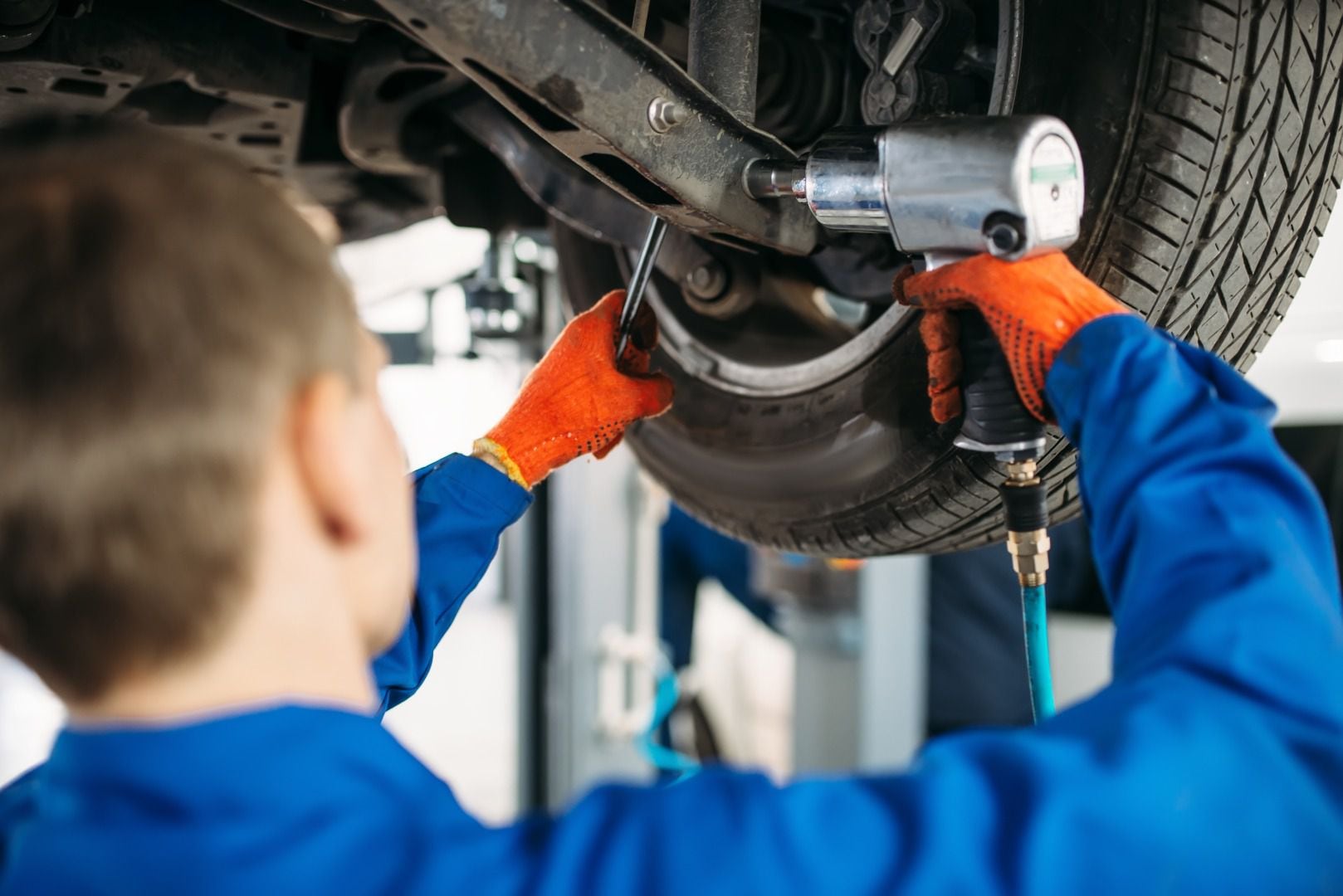
Photo by Nomad_Soul - stock.adobe.com
Driving Style Problems
If your suspension is aligned and your tires are inflated and capable of handling your vehicle's weight, but you still have unusual wear patterns, the issue could be your driving style. Aggressive acceleration and braking, hard cornering, and driving over rough surfaces can wear out your tires very quickly, especially if you have purchased high-performance summer tires made with softer rubber.
The way to get more life out of your tires is to ask them to do less work. Slow down smoothly in a straight line before turning, and accelerate smoothly, too. If your tires are squealing while cornering, braking, or accelerating, you're scrubbing off rubber.

All Tires Are Not Created Equal
Different tires wear at different rates. A big part of the difference can be the quality of the tire. Less expensive tires are often made to lower standards and don't last nearly as long. Ask your tire dealer about the warranty on any set of tires. It often makes more sense to buy the better tires.
If you're looking at used tires, ask the dealer to show you the date code. This is a four-digit number that lists the week and the year the tire was made. For example, 1218 would mean the 12th week of 2018, or about the end of March. Try to buy tires that are newer, because tires age through exposure to air and UV light. Finally, avoid retreaded or recapped tires.
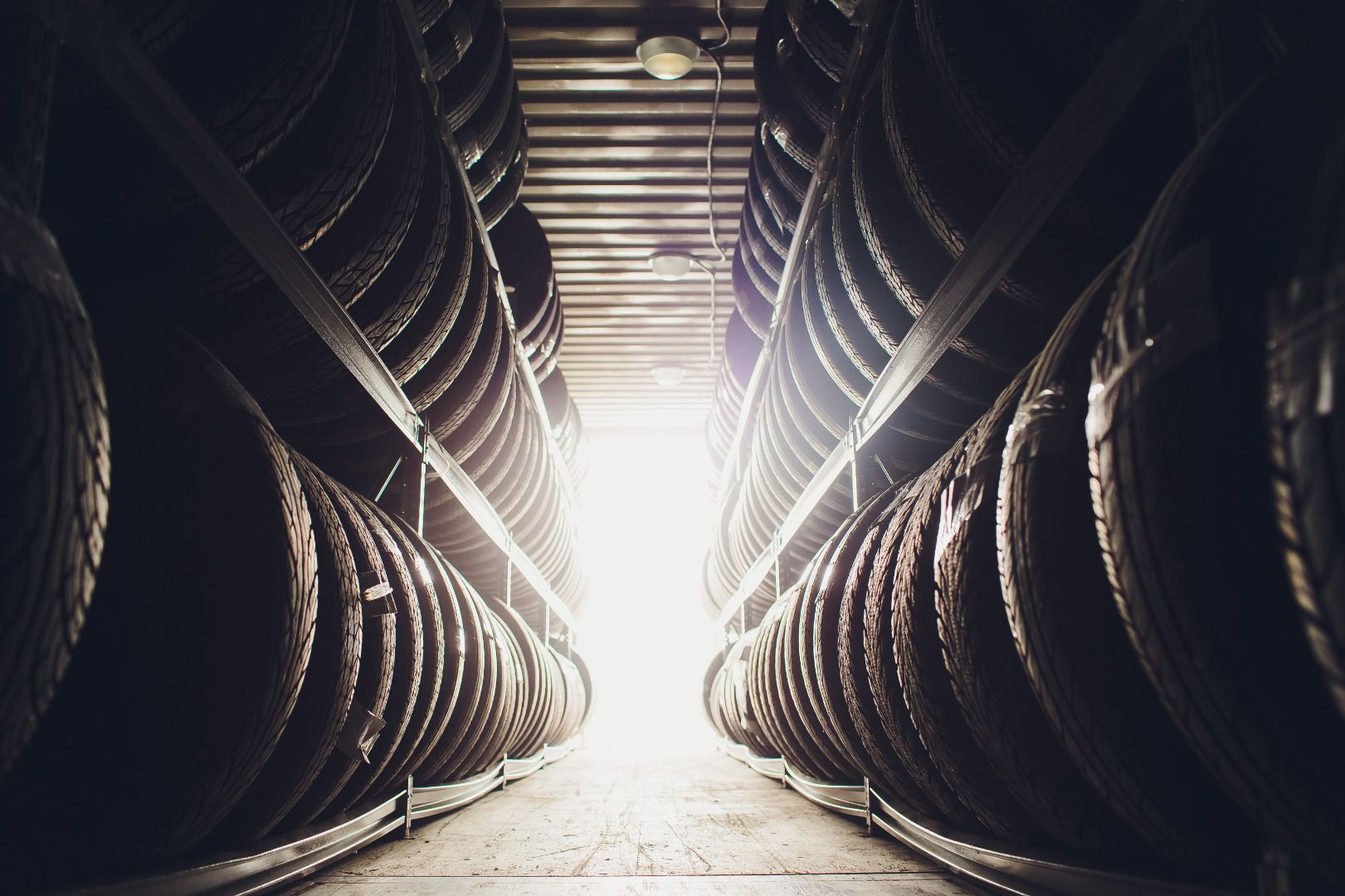
Photo by Adobe Stock
What to Do With a Blowout
Suppose the worst happens: Your car runs over a road hazard and you get a blowout. The first thing to do is get to a safe stopping place. If the blowout is a front tire, the vehicle's steering will feel heavy and will pull towards the side that is flat.
Rear blowouts are more dangerous, as the vehicle may skid around. In both cases, get off the accelerator and come to a controlled stop off the road. Ideally, you'll have enough space to change a tire, and it won't be dark or raining. If you're not confident of your abilities or your safety, call for assistance.
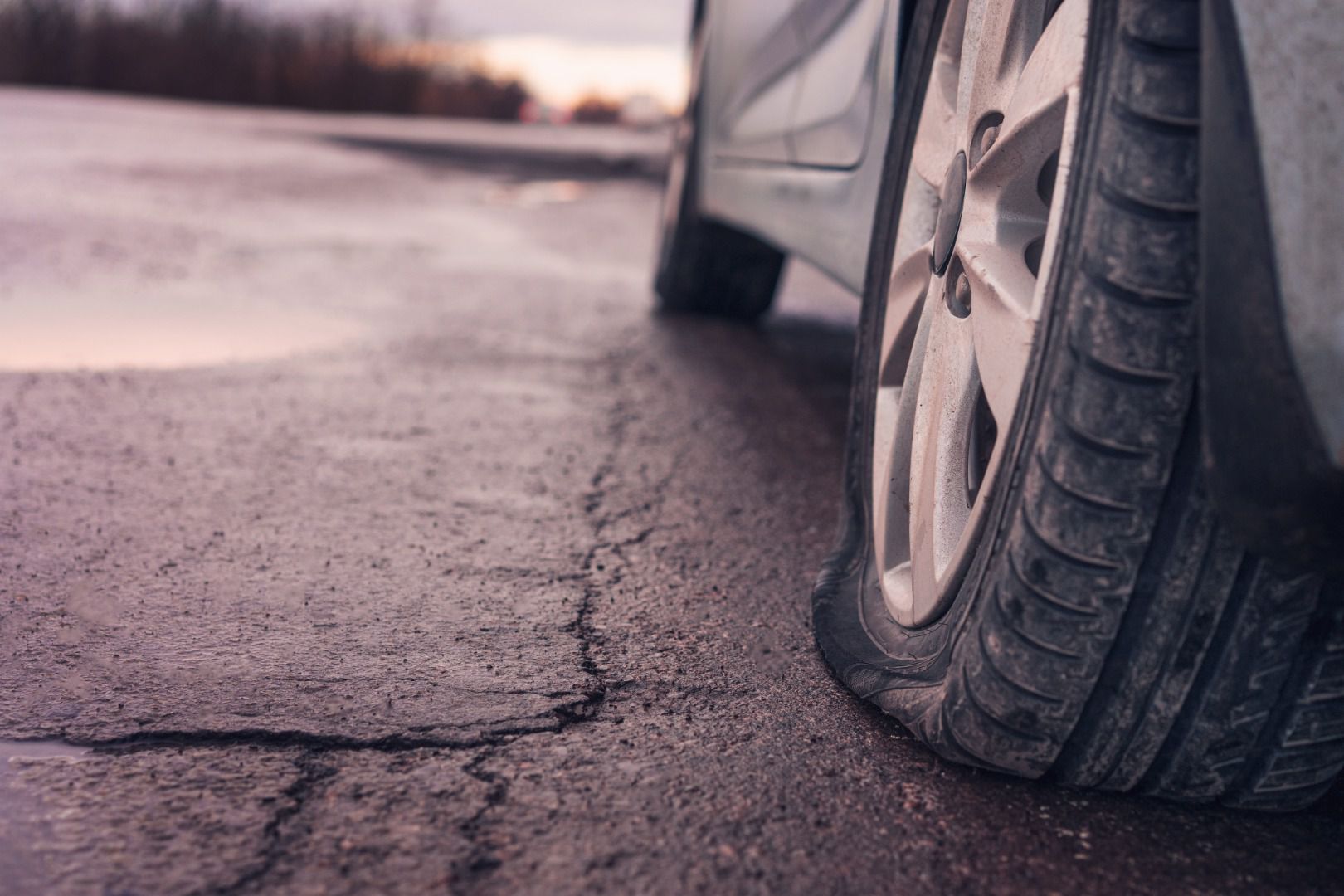
Photo by Irina - stock.adobe.com
What to Do With a Slow Leak
There are many reasons why a tire will leak, but the most common are punctures, bead seal leaks, and tire stem leaks. All of them require a trip to the tire dealer for repairs.
If you have a puncture, don't remove the nail or screw. Let the tire professional do that. If the puncture is through the tread face, the tire can usually be patched. If it's through the sidewall, you'll need to replace the tire. Meanwhile, bead seal leaks happen where the tire meets the wheel. Most bead seal leaks either result from old tires that have hardened, or the vehicle went off-road and got some dirt or gravel between the tire and the wheel. Finally, old tire stems dry out and harden, or get dirt in their mating surfaces. Whatever the cause, a tire pro will dismount the tire, clean everything, and patch any punctures before reassembling with a new stem.
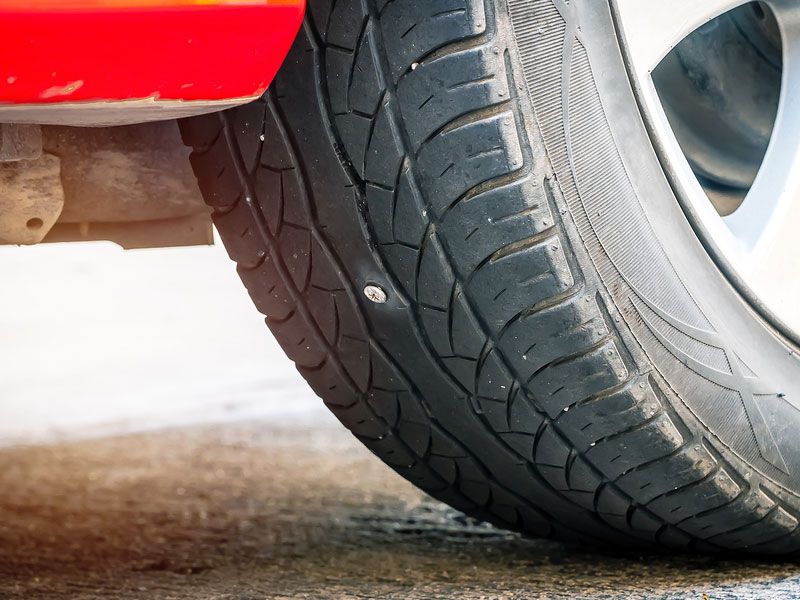
Tires and Suspension Are a System
As we said at the beginning, a vehicle's tires are a critical safety component, and they're also a big investment, frequently topping $1,000 for a good set of four tires.
When you're spending that kind of money, it's smart to have the mechanic inspect your vehicle's suspension at the same time. A little extra repair and upkeep will make your vehicle drive like new and also give you the most life out of those new tires.
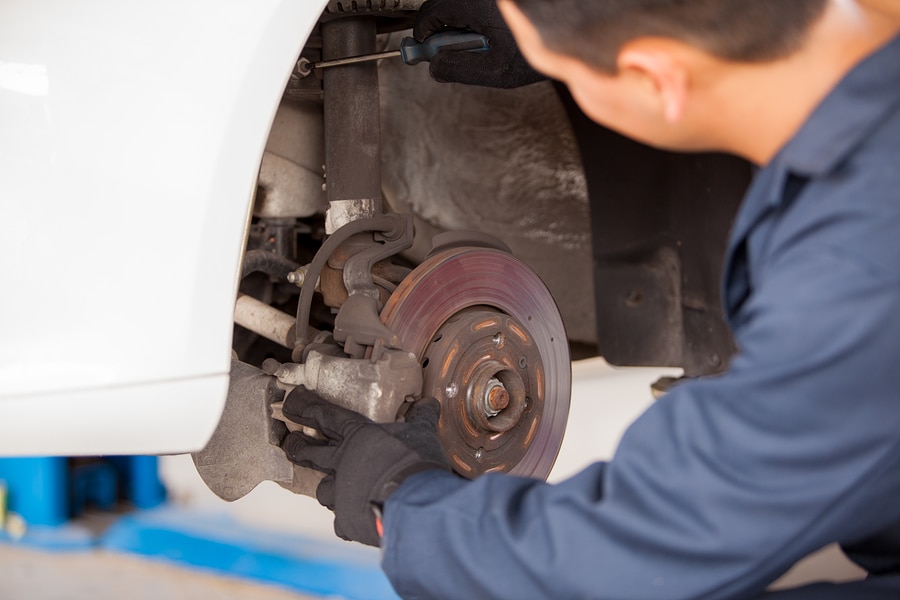
Five Tire Takeaways
Here are the main points to remember from this article:
- Tires are a safety feature and should be treated as such.
- Keep your tires inflated to the vehicle's specification, as printed on the driver's door jamb.
- Rotate your tires as recommended for your vehicle, and inspect them when you do the work.
- If you see unusual wear, visit the alignment shop.
- If you get a flat, don't just pump up the tire. Get it fixed.
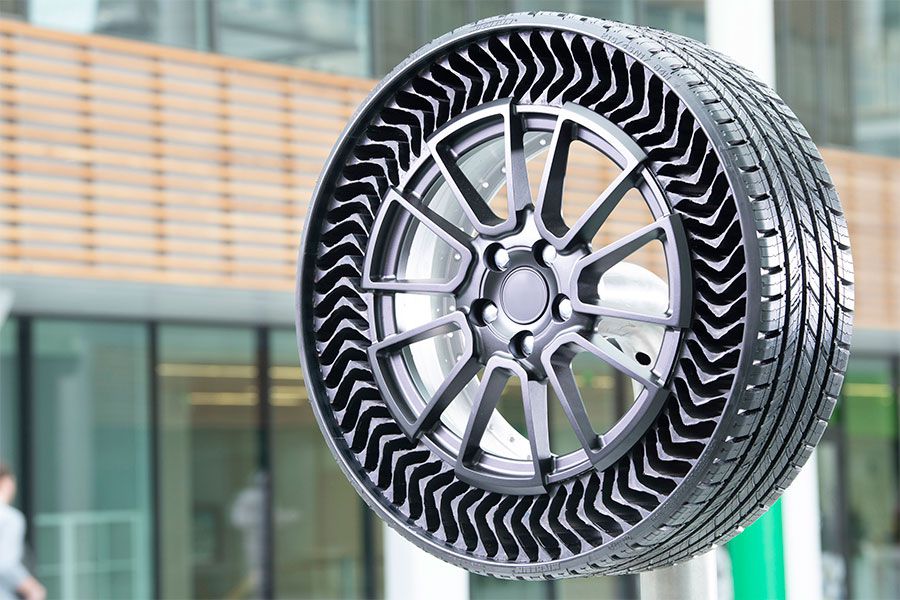
Photo by Michelin Media